Preventorio de Aigües, Alicante
This eery site built in the municipality of Aguas de Busot in the 19th century initially served as a luxury hotel. Later, however, it was turned into a sanatorium for children who developed tuberculosis during outbreaks at the end of the Spanish Civil War.
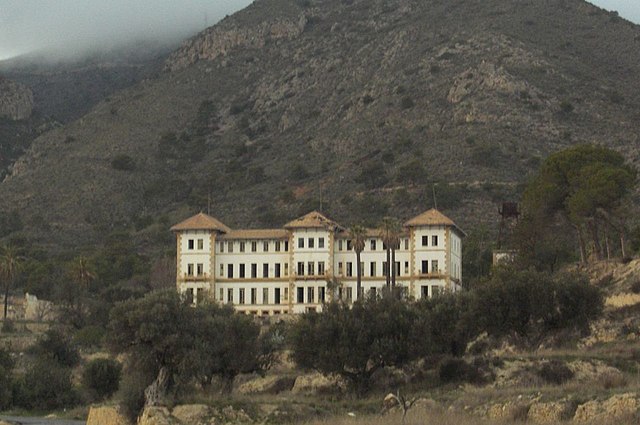
Today the building is abandoned but is said to be a hotbed of paranormal activity as the ghosts of sickly children still roam throughout. There are also rumours that staff practiced black magic in the building’s church.
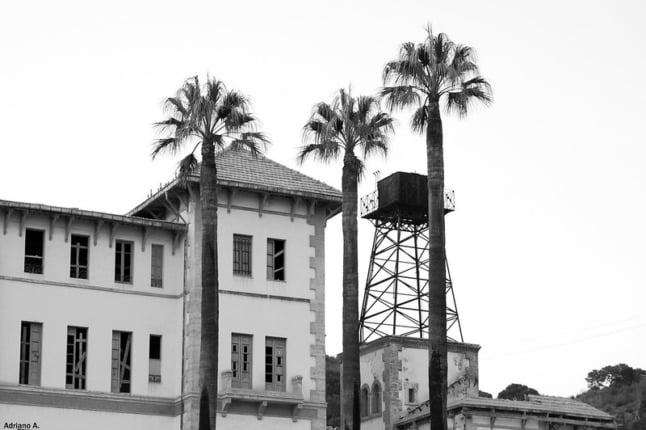
Los Rodeos Airport, Tenerife
On March 27th, 1977, two airplanes crashed into each other at Los Rodeos Airport in northern Tenerife and more than 583 deaths were recorded as a result of the accident. Since that day, over the years, several soldiers stationed at a nearby military barracks (Garita sur) have reported seeing the ghostly apparition of a small girl walking past at night. It is said that when trying to identify all the passengers after the crash, one girl was reported missing and her body was never found. Could this be the same girl who still haunts the area to this day?

El Parador de Cardona, Catalonia
Spain’s Parador hotels are located in some of the most fascinating buildings in the country such as mansions, former hospitals, castles and monasteries, so it’s not surprising that one of them is considered to be haunted.
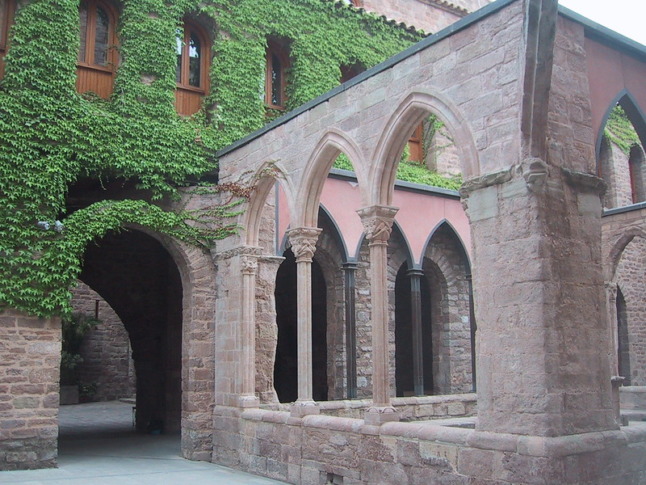
The Parador of Cardona is housed in a huge castle, which was once a fortress that served as a prison and torture centre in the Middle Ages. It is said that spirits of the former prisoners still walk the halls, but most of the paranormal sightings have been reported in room 712. Hotel managers never rent our room 712 to guests unless they specifically ask to stay there.
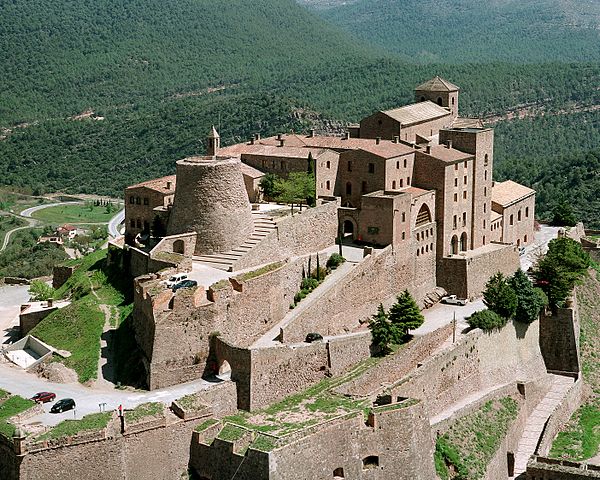
La Casa de las Siete Chimeneas, Madrid
Located in the Plaza del Rey, the House of the Seven Chimneys is currently home to Spain’s Ministry of Culture, but is said to be haunted by several ghosts. The house was built in the 16th century as a love nest for Philip II and his mistress Elena, but Elena was ultimately married off a Captain Zapata before rumors about the affair could circulate. Shortly after the wedding, however, Zapata was killed in battle in Flanders and then after giving birth to their daughter, Elena died too.
Rumours began to fly between the servants that there were stab wounds on Elena’s body and that she was murdered to silence any claims that her daughter might belong to the king instead. It was then that her body went missing. Years later people claimed they saw the ghostly figure of a woman floating above the chimneys. Then, 19th century when the building was renovated by the Bank of Castilla, the bones of a woman were found in the walls of the basement.

Isla de Pedrosa, Cantabria
Located off the coast of Cantabria, the Isla Pedrosa has today become known as the Isla Embrujada (Haunted Island) because of the strange things that have been seen there. In the 19th century, the island was used to house sailors and others suffering from exotic diseases. People claim to have seen the so-called ‘bird girls’, two sisters suffering from Progeria whose deformities were said to be caused by the devil. Today, some buildings that house juvenile and reintegration centers have been maintained, but many still lay abandoned, including a haunted theatre, which was once attended by the sick.
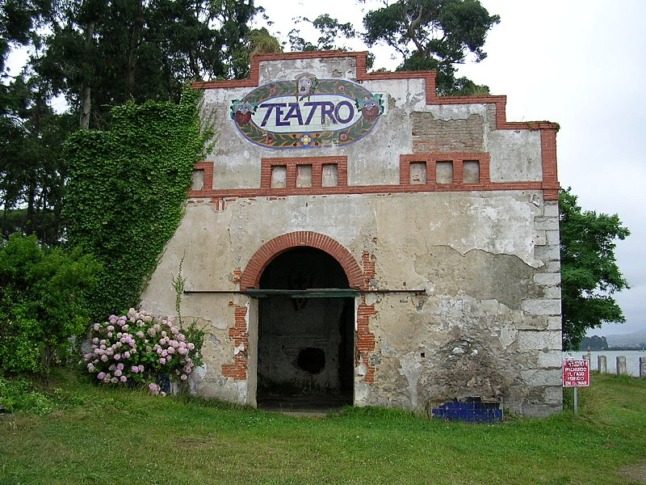
Belchite, Aragón
Belchite is not just one haunted house or building, no it’s a whole ghost town. The town, just south of Zaragoza was completely destroyed during the Spanish Civil War in 1937 and today remains largely the same as when it was left. Apparently, Franco had wanted horrifying ruins to be a reminder to people that he had the power to punish. Although it remains uninhabited, the skeletal remnants of its church, houses, and school are said to be home to more than a few otherworldly spirits.
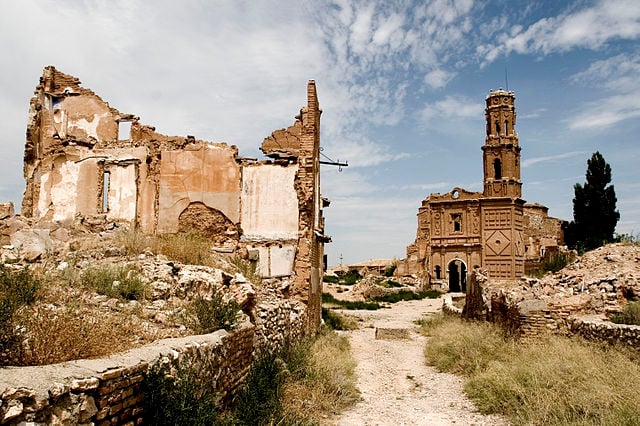
La Boquería, Barcelona
Barcelona’s famous historic market, just off La Rambla, is probably a place that many of our readers have been to. But may not have realised is home to several shadowy apparitions. The market was actually built over the ruins of a monastery, founded by the Carmelites in 1586. One night the building was attacked and set ablaze, killing all the monks inside. Legend says that on the anniversary of the fire each year on the night of July 25th, you can still hear the ghostly voices of the monks singing throughout the market.
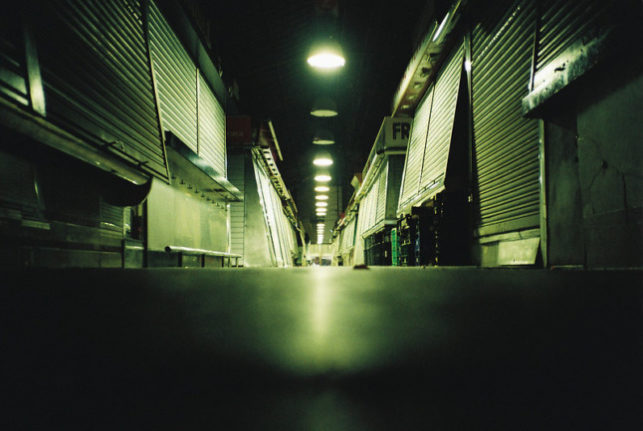
El Fuerte de San Cristóbal, Navarra
The mysterious Fortress of San Cristóbal near Pamplona was a military fortress built during the reign of Alfonso XII to defend the city against attacks. However, its main use was as a military prison, in which the prisoners lived in horrible conditions. On May 22nd, 1938, over 700 prisoners tried to escape en masse and more than 300 died while doing so. To this day, people claim to see have seen all kinds of paranormal phenomena around the fortresses, even though it remains closed to the public.


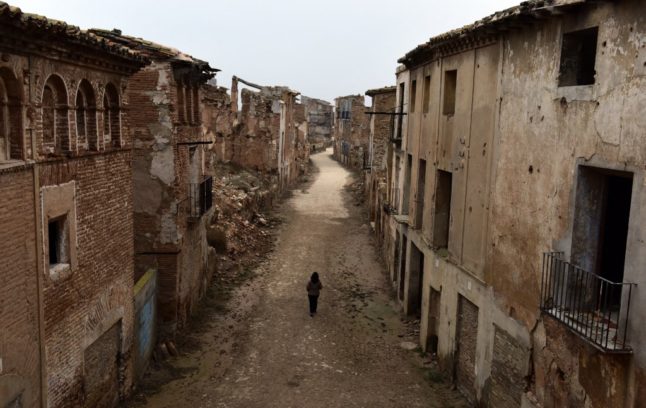

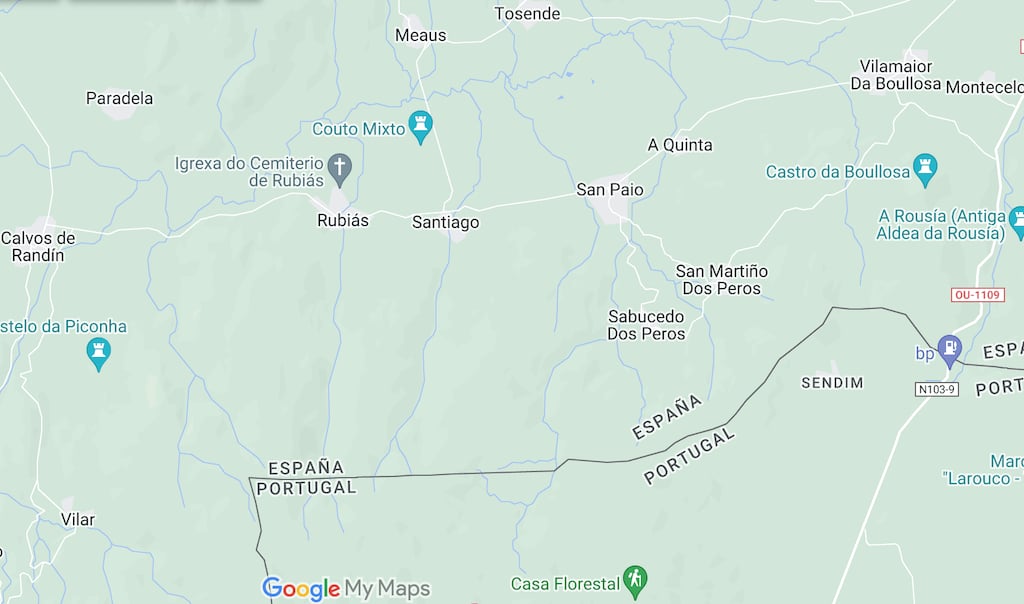
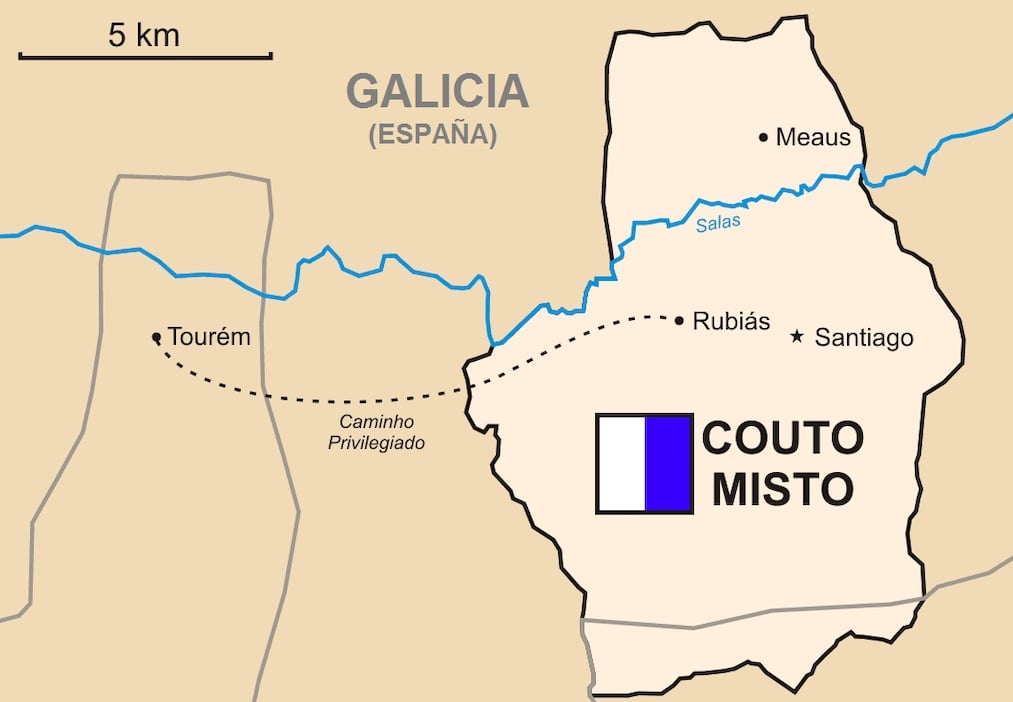
 Please whitelist us to continue reading.
Please whitelist us to continue reading.
Member comments